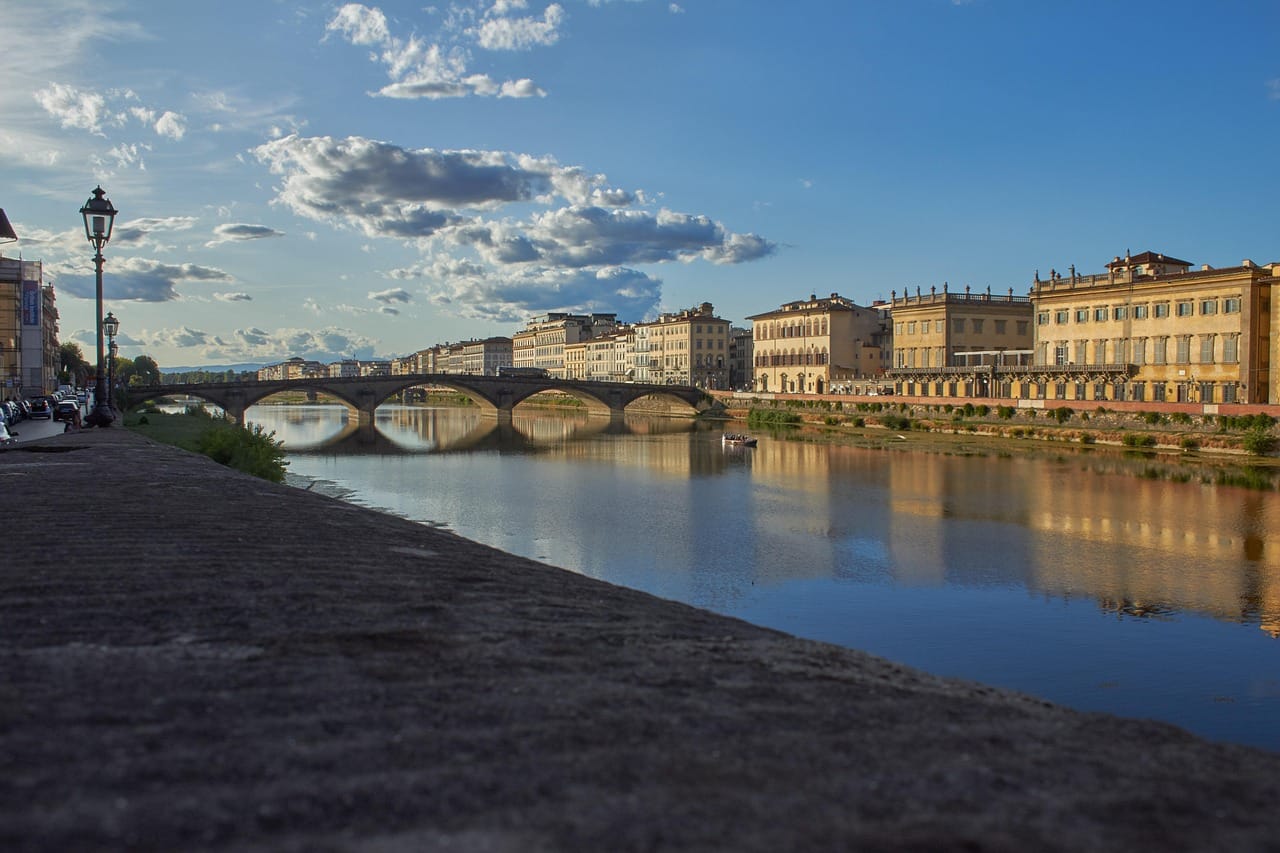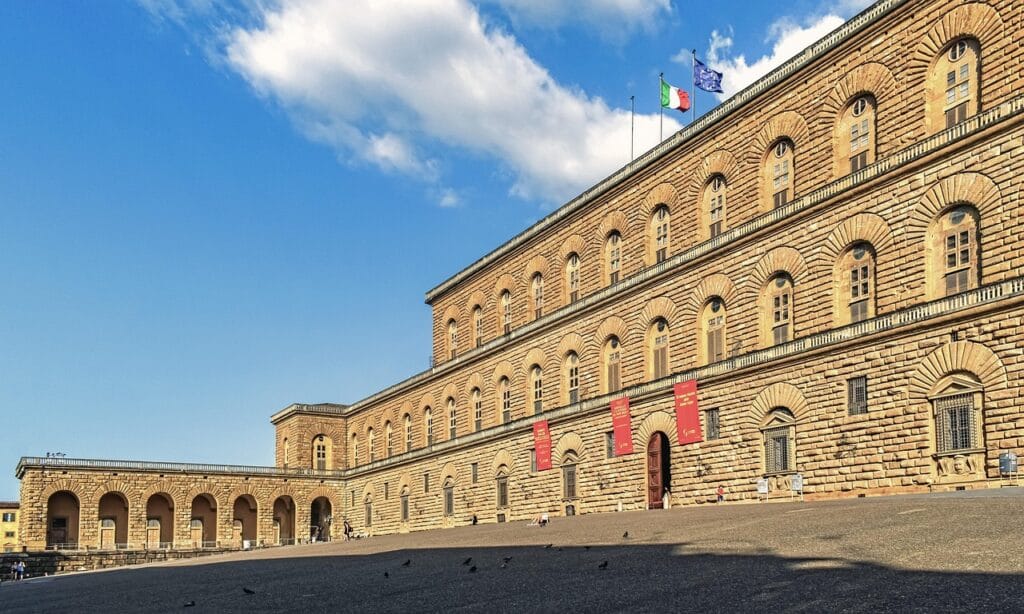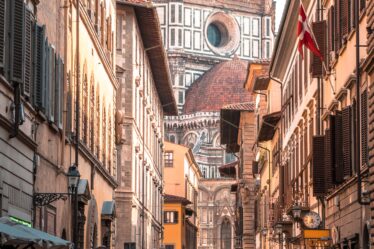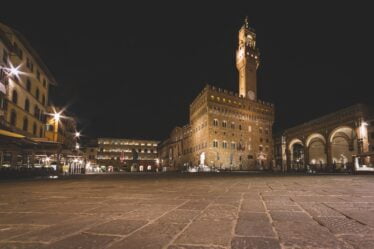

Introduction
Silent Monument, Broken Glory, Medici Ambition, Peace Unfinished stands in Renaissance-tinted Florence, where every stone whispers tales of ambition and triumph. Boldly commissioned by Cosimo I de’ Medici—the Grand Duke with monumental vision—this column was never merely marble: it was sculpted propaganda, a tangible emblem of his virtues and the grandeur of his house.
1. Historical Background: Ambitions Carved in Stone
Under Cosimo I’s sweeping program of civic imagery, he envisioned three commemorative columns—Justice, Peace (in Piazza San Felice), and Religion (for Piazza San Marco)—each inscribed into Florence’s urban landscape (Wikipedia, Florence RockinArt, Città di Firenze). Among them, the column of Peace, our Silent Monument, Broken Glory, Medici Ambition, Peace Unfinished, emerged as a potent symbol of Medici dominance.
2. Quarry to Square: From Seravezza to Florence
The shaft comprises a single monolith of Breccia di Seravezza—or “Medici breccia”—extracted in 1569 under the supervision of architect Bartolomeo Ammannati (Wikipedia, Florence RockinArt). Measuring 16 braccia (approx. 9.4 meters long), it was transported to Florence in 1571—a monumental feat of engineering (Wikipedia, Florence RockinArt).
3. Raising the Monument: Triumph Interrupted
In 1572, during the delicate operations to erect the column, tragedy struck: the monolith broke in two. Ammannati intervened to bind the fractured halves with metal hinges—a testament to his craftsmanship and determination (Wikipedia, Firenze Made in Tuscany, Shazarch). This effort rescued—but did not complete—the project.
4. An Incomplete Icon: What Could Have Been
Cosimo I had envisioned crowning the column with an allegory of Peace—imagine a symbol of harmony rising above the city. Yet with his death, the commission fell through. The column remained uncrowned, devoid of capital, base, or statue. Silent Monument, Broken Glory, Medici Ambition, Peace Unfinished(Shazarch, Wikipedia, Firenze Made in Tuscany).
5. Later History: Removal, Restoration, Return
The column stood in Piazza San Felice until 1838, when Grand Duke Leopold II ordered its removal to widen pedestrian access. A plaque in the square still recalls the fate of the “imperfect” monument (Florence RockinArt, Shazarch). Restored in 1992, it was re-erected—though not precisely where it once stood (Florence RockinArt, Shazarch, Waymarking).
6. Legacy: Monument of Silence, Symbol of Unfulfilled Glory
Even today, this stark, naked shaft stands as Silent Monument, Broken Glory, Medici Ambition, Peace Unfinished: a mute witness to grand ambitions that cracked under their own weight. No capital, no base, no statue—just the raw stone, hinting at what might have been.
Transitions That Carry You Along
- First, understand the broader program of Medici urban symbolism with the columns of Justice, Peace, and Religion.
- Then, follow the journey from Seravezza quarry to Florence’s piazza.
- Next, witness the dramatic failure during installation.
- Afterwards, ponder the absence of the envisioned allegory.
- Finally, trace its later removal, partial return, and lasting impact.
Additional Resources & Further Reading
- RockinArt – Colonna di San Felice: Offers detailed history and imagery of the column’s journey, breakup, removal, and restoration.
- Wikipedia – Colonna di San Felice: Comprehensive overview of the column’s origins, symbolic intent, and chronology.
- Florence-Made-in-Tuscany – Arte in Oltrarno: Contextualizes the column within Florence’s urban fabric and Medici commemorative schemes.
- RockinArt – Breccia di Seravezza: Delves into the geological and political significance of the Medici breccia as a material of power.



